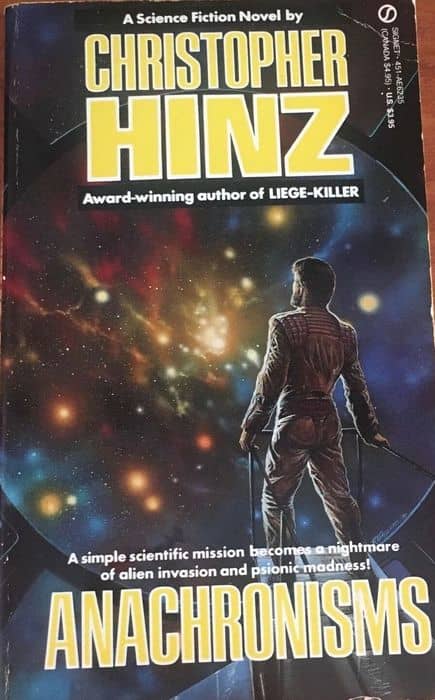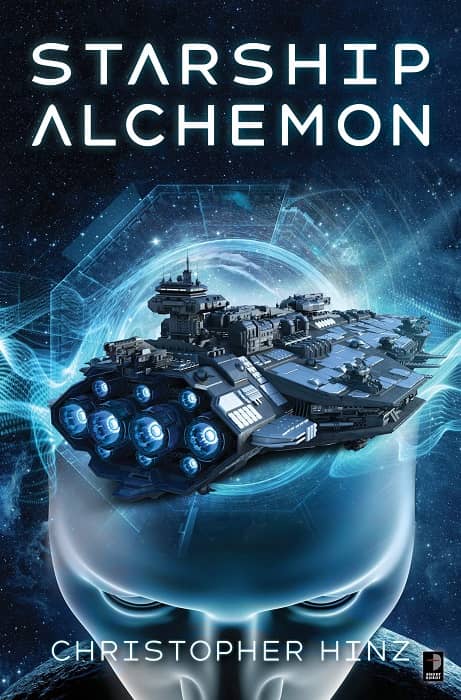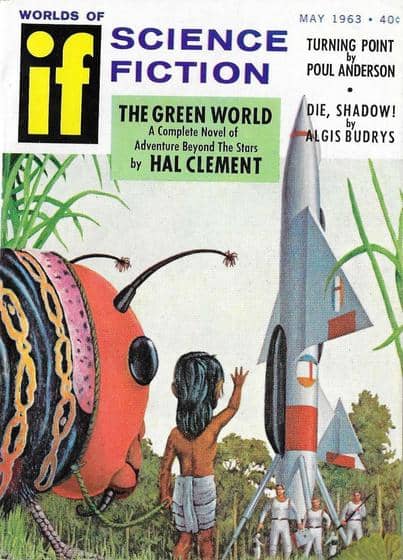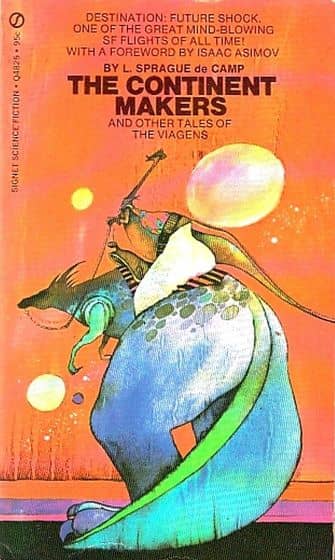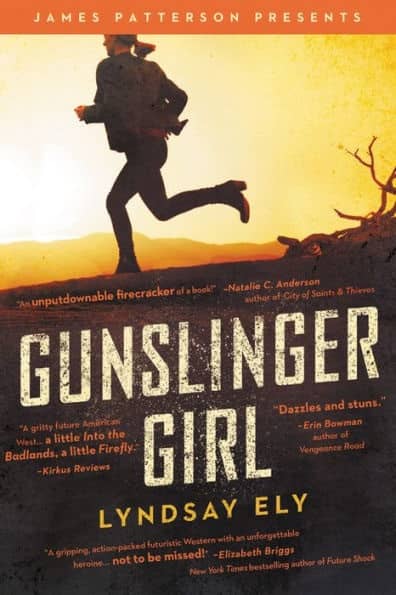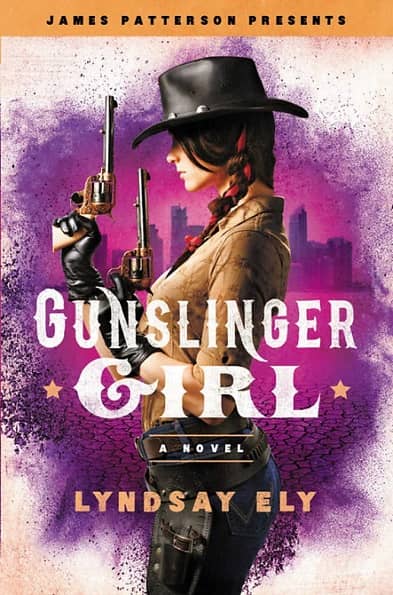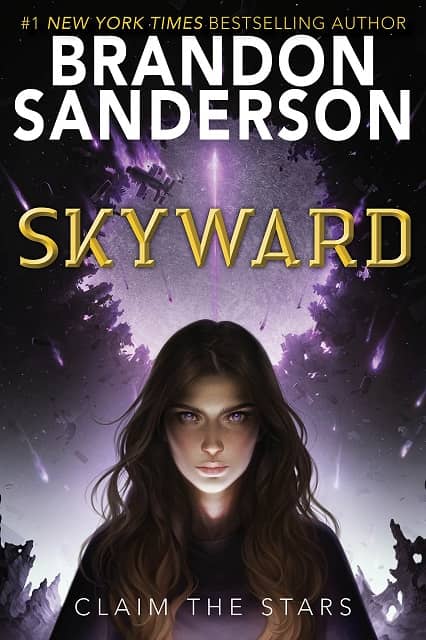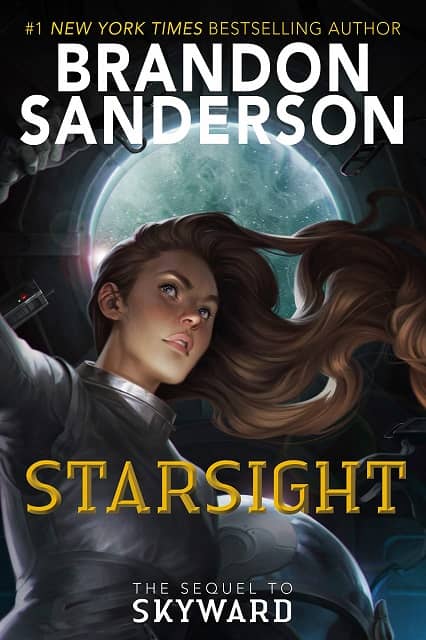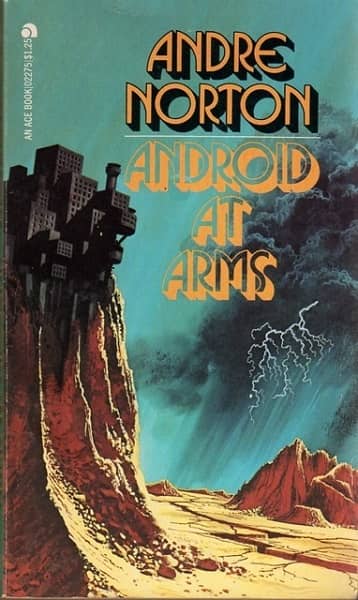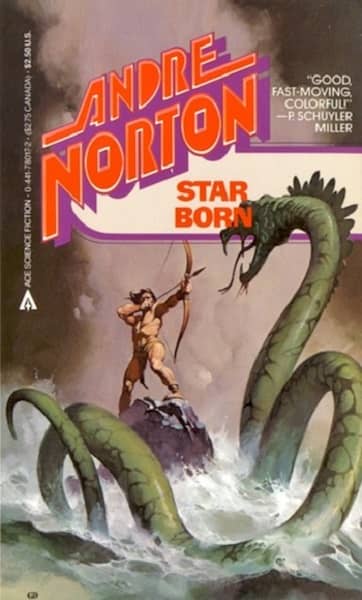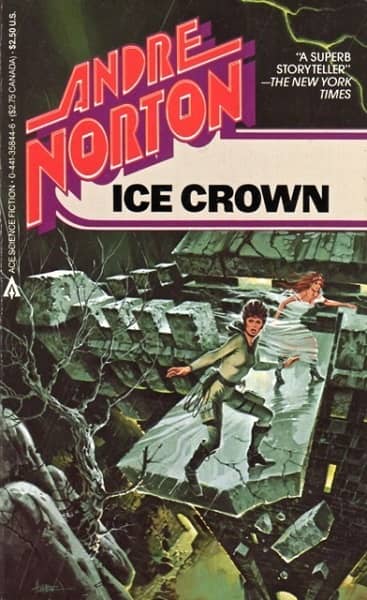Goth Chick News: It’s Not Over Yet! Days of the Dead Lurches into Chicago
I will start this week’s article with a shout out to Black Gate reader R.K. Robinson who posted “It’s only March!” on my coverage of the Haunted Association and Attractions show. Apparently, he is genuinely unaware that “the season” begins with the HAA which often happens in February (it was late this year) and generally goes all the way into November, ending with Days of the Dead. However, in honor of R.K., Black Gate photog Chris Z and I have accepted an invitation to cover the Holiday Horror Con taking place this weekend outside of Chicago, officially extending “the season” into December.
Next week our Holiday Horror Con coverage will be dedicated to R.K.
But this week we’re talking Days of the Dead (or DotD for you cool kids) and the fabulous event that it was last weekend.
DotD is a horror and pop culture convention with annual stops in Atlanta, Las Vegas, Indianapolis, Charlotte, wrapping up its tour in Chicago. Due to its increasing popularity, the 2019 event here was moved to a bigger hotel venue then in the past, and from the looks of it, probably needs to upsize again next year. As always, DotD attracted an impressive list of celebrity guests including Richard Dreyfuss (Close Encounters of the Third Kind, Jaws), Steve Guttenberg (Cocoon, Police Academy) and Michael Biehn (Aliens, Terminator) among many others. Additionally, there were over 100, horror-themed vendors selling everything from jewelry to movie memorabilia. What is especially wonderful about DotD in Chicago is the amount of material we always get from meeting indie filmmakers, new artists and aspiring writers.
That, and the opportunity to do a bit of holiday shopping…

